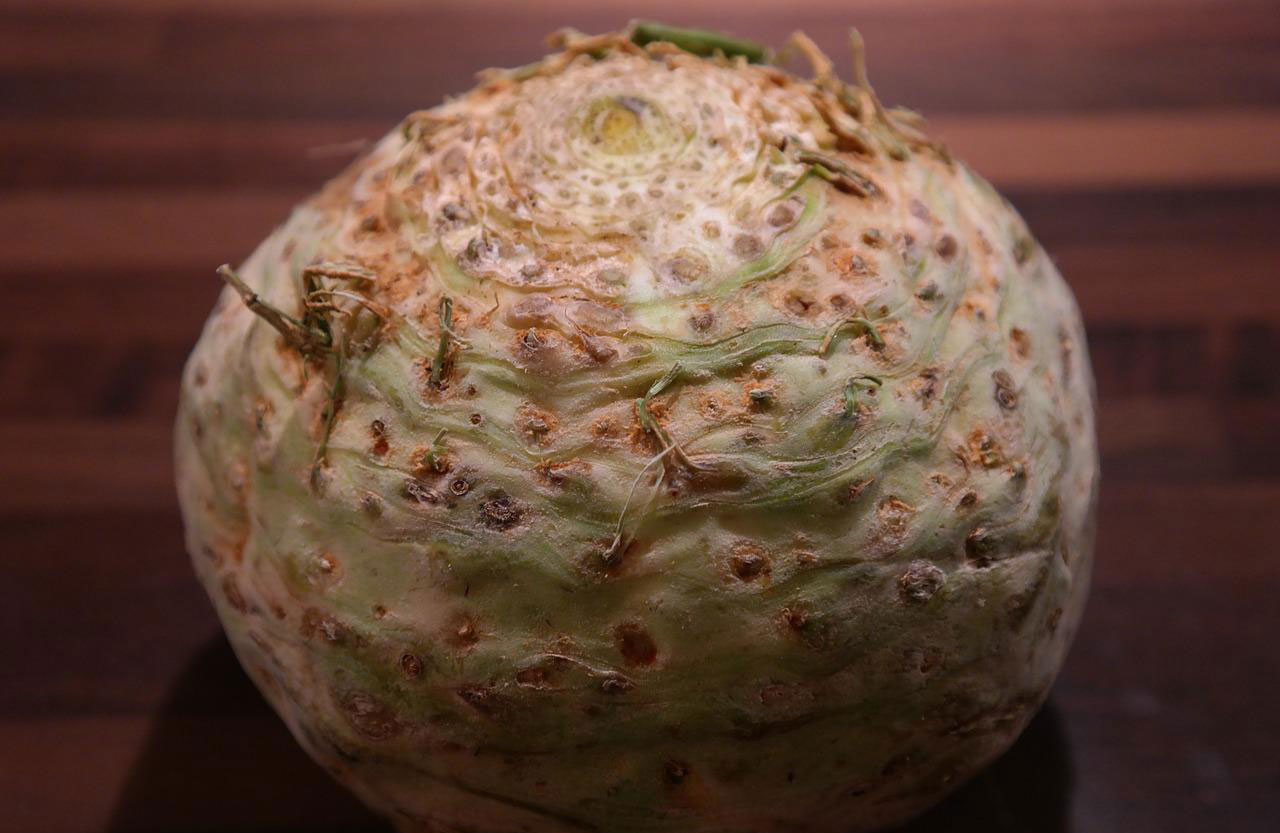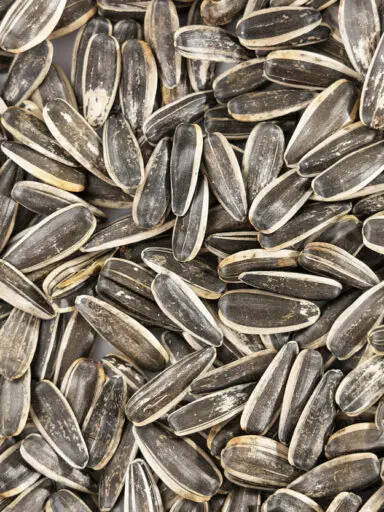Celeriac is a biennial root vegetable that also goes by the name turnip-rooted celery or knob celery or simply root celery. It is closely related to the common celery variety.
It is normally grown for its fleshy underground root. It grows well in full sun and requires plenty of moisture in the soil to do well. The root tuber resembles turnips and grows large and grayish brown. Usually around 3 to 4 or more inches in diameter.
The tuber has root stubs on the outside while the inside is white. It has a celery-like flavor and similar-looking leaves.
Fresh tubers are smooth and even on the surface. They are also firm to the feel. They should be stored in a cool place with slight humidity in the home. Generally, they can be stored in the same way as carrots or turnips. They may also be refrigerated in a sealed plastic bag but should not be frozen unless blanched. Celeriac can be stored for 6 to 8 months in these conditions.
The fine stem at the base should be removed otherwise the bulb tends to rot from the inside out leaving it hollow.
Celeriac is native to the Mediterranean Basin and Northern Europe where it grows wild and cultivated. It is also cultivated in North America, North Africa, Siberia, and Southwest Asia.
Celeriac Used in Culinary Settings
Because of its intensity of flavor and tenderness, it is a vegetable that is usually prepared roasted or mashed in dishes. It is also heavily used in soups, casseroles, stews, and many savory dishes. It can be eaten raw or cooked. It is also popularly used as a garnish in fine dining.
To prepare the bulbous root, one needs to properly wash it and then peel it with a peeler similar to the one used with carrots. You may also use a sharp knife to get the job done. Once complete you can chop up the white inner flesh. Celeriac turns color like potatoes and should, therefore, be soaked in water or have a lemon slice rubbed over the exposed cut surface.
Nutritional Benefits
Celeriac gives 42 calories per 100 grams. It is a good source of antioxidants and dietary fiber. It is a good source of Vitamin K. The B-complex vitamins such as Pyridoxine, Pantothenic acid, niacin, riboflavin, and thiamine are also present in this vegetable.
While fresh it also contains moderate amounts of vitamin C. It is also a good source of essential minerals such as phosphorus, iron, calcium, copper, and manganese.




